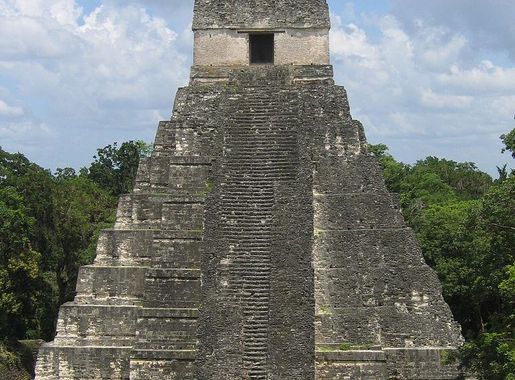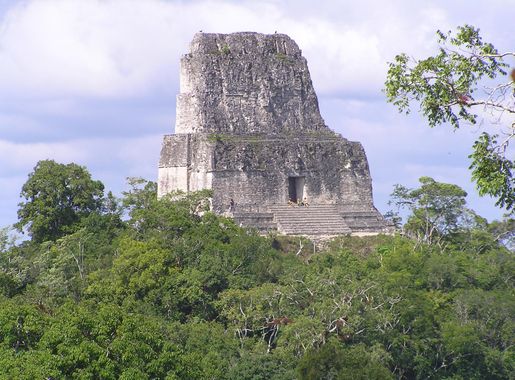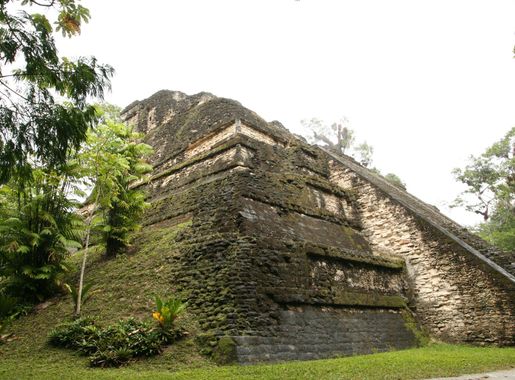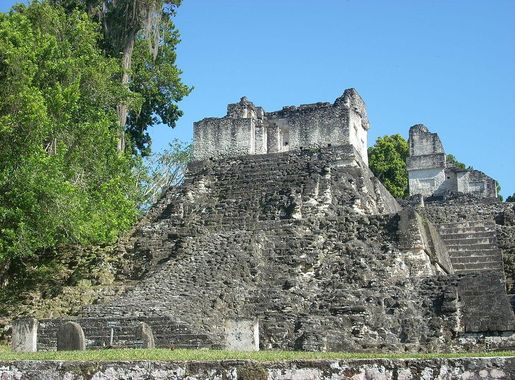
Tikal National Park: The Ancient Mayan Marvel
Explore the ancient wonders of Tikal National Park, a UNESCO World Heritage Site set in the lush jungles of Guatemala, featuring towering Mayan pyramids and rich biodiversity.
Tikal National Park in Guatemala is a UNESCO World Heritage Site and one of the most important archaeological sites of the ancient Mayan civilization. Nestled within the dense jungles of northern Guatemala, the park spans over 575 square kilometers and is home to some of the tallest and most impressive Mayan pyramids, temples, and palaces. The park is not only a historical treasure trove but also a hotspot for biodiversity, boasting a rich array of flora and fauna including howler monkeys, toucans, and jaguars. Visitors to Tikal can explore the vast ruins that date back to as early as 400 BC, with many structures still standing tall amidst the tropical forest. The iconic Temple IV, also known as the Temple of the Two-Headed Serpent, offers a breathtaking view of the jungle canopy and surrounding ruins from its summit. The Great Plaza, surrounded by towering pyramids, is the heart of the ancient city and a must-see for any traveler. Beyond the historical ruins, Tikal National Park offers nature trails, bird-watching opportunities, and the chance to experience the local culture and traditions of the indigenous people. Whether you are an avid history buff, a nature enthusiast, or simply looking for a unique adventure, Tikal National Park promises an unforgettable experience.
Local tips in Tikal National Park
- Visit early in the morning or late in the afternoon to avoid the midday heat and crowds.
- Hire a local guide to gain deeper insights into the history and significance of the ruins.
- Bring insect repellent and wear long sleeves to protect against mosquitoes.
- Wear comfortable walking shoes as the terrain can be uneven and requires significant walking.
- Carry plenty of water and snacks, as facilities within the park are limited.
Tikal National Park: The Ancient Mayan Marvel
Tikal National Park in Guatemala is a UNESCO World Heritage Site and one of the most important archaeological sites of the ancient Mayan civilization. Nestled within the dense jungles of northern Guatemala, the park spans over 575 square kilometers and is home to some of the tallest and most impressive Mayan pyramids, temples, and palaces. The park is not only a historical treasure trove but also a hotspot for biodiversity, boasting a rich array of flora and fauna including howler monkeys, toucans, and jaguars. Visitors to Tikal can explore the vast ruins that date back to as early as 400 BC, with many structures still standing tall amidst the tropical forest. The iconic Temple IV, also known as the Temple of the Two-Headed Serpent, offers a breathtaking view of the jungle canopy and surrounding ruins from its summit. The Great Plaza, surrounded by towering pyramids, is the heart of the ancient city and a must-see for any traveler. Beyond the historical ruins, Tikal National Park offers nature trails, bird-watching opportunities, and the chance to experience the local culture and traditions of the indigenous people. Whether you are an avid history buff, a nature enthusiast, or simply looking for a unique adventure, Tikal National Park promises an unforgettable experience.
When is the best time to go to Tikal National Park?
Iconic landmarks you can’t miss
TIKAL National Park
Experience the mystique of TIKAL National Park, a UNESCO World Heritage Site filled with ancient Mayan ruins and lush tropical beauty.

The Lost World
Explore The Lost World, an archaeological gem in Tikal National Park, where ancient Maya civilization meets breathtaking natural beauty.
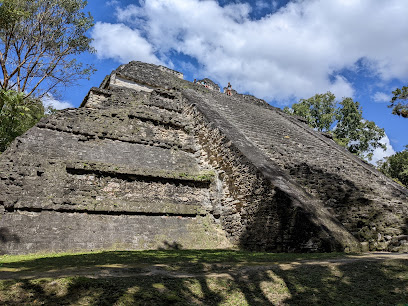
Unmissable attractions to see
Cerro de La Cruz
Discover the stunning vistas of Antigua Guatemala from Cerro de La Cruz, an iconic viewpoint overlooking the city and its majestic volcanoes.
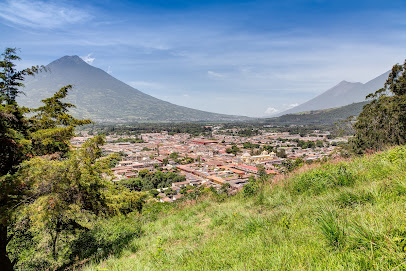
Hobbitenango
Experience a whimsical adventure at Hobbitenango, where breathtaking views and family-friendly attractions create unforgettable memories in Guatemala.
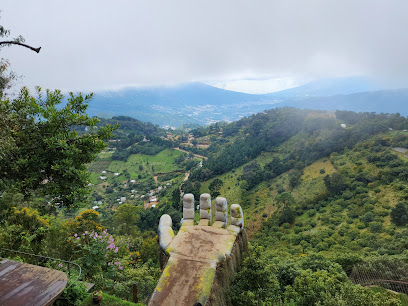
Reserva de Uso Múltiple la Cuenca del Lago de Atitlán
Explore the breathtaking natural beauty of Reserva de Uso Múltiple la Cuenca del Lago de Atitlán, a top destination for nature lovers and adventure seekers in Guatemala.
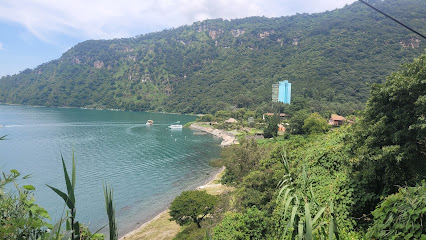
Semuc Champey
Explore the turquoise pools and lush jungle of Semuc Champey, Guatemala's stunning natural preserve and adventure haven.
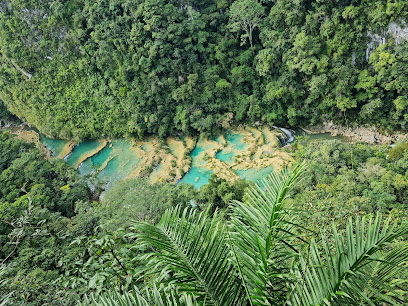
Palacio Nacional de la Cultura
Explore the stunning architecture and rich heritage of Guatemala at the Palacio Nacional de la Cultura, a must-see museum in Guatemala City.
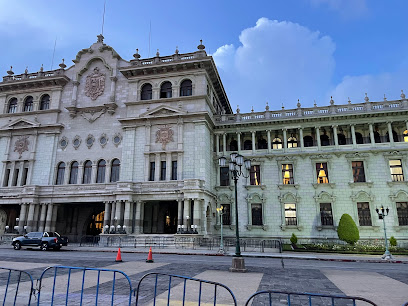
Sitio Arqueológico Iximche
Explore the ancient ruins of Iximché, a stunning archaeological site that reveals the rich history of the Kaqchikel Maya civilization in Guatemala.
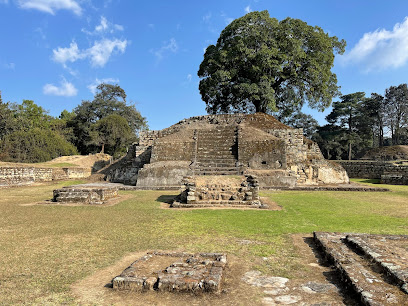
Parque Nacional Naciones Unidas
Explore the breathtaking landscapes and rich biodiversity of Parque Nacional Naciones Unidas, a national park showcasing Guatemala's natural and cultural wonders.
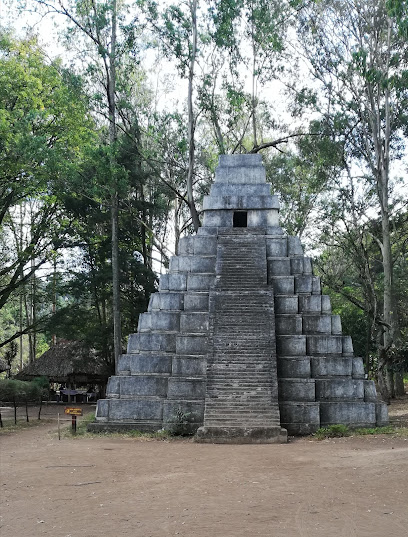
Reserva de Biosfera Maya
Discover the breathtaking landscapes and rich biodiversity of Reserva de Biosfera Maya in Calabasco, Guatemala, a paradise for nature lovers and adventure seekers.
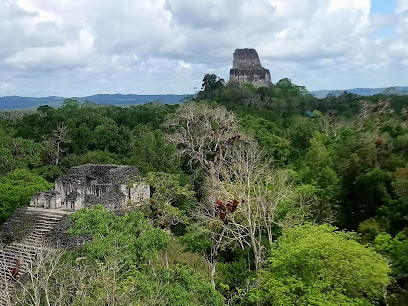
Reserva Natural Cerro Tzankujil
Explore the stunning natural beauty of Reserva Natural Cerro Tzankujil, a serene nature preserve with breathtaking views of Lake Atitlán and diverse wildlife.
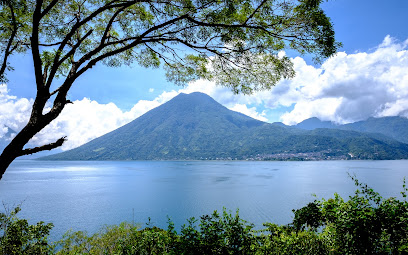
Nacional Museum of Mayan Art: Archeology and Ethnology
Explore the Nacional Museum of Mayan Art, a cultural gem in Guatemala City showcasing the extraordinary heritage of the ancient Maya civilization.
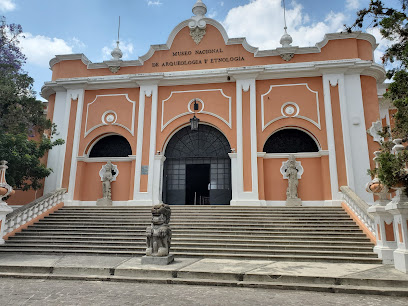
Acropolis of Quirigua
Explore the Acropolis of Quirigua, Guatemala's UNESCO World Heritage site, showcasing ancient Mayan civilization through stunning stone carvings and rich history.
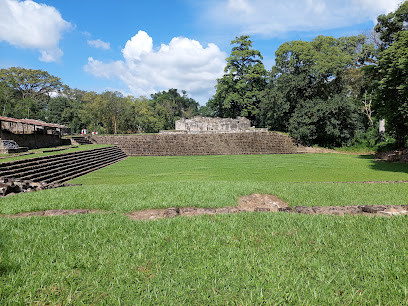
Hun Nal Ye
Discover the breathtaking landscapes and rich biodiversity of Hun Nal Ye, a must-visit tourist attraction in Chicuxub, Guatemala.
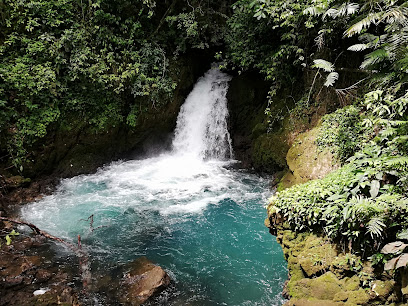
Petencito Zoo
Experience the beauty of wildlife at Petencito Zoo in Flores, Guatemala, where adventure meets conservation and education.
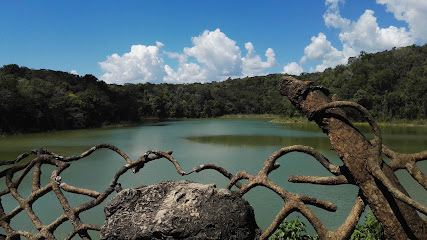
Girasoles de Antigua
Discover the vibrant beauty of Girasoles de Antigua, a floral oasis in the heart of Guatemala's historic city, perfect for relaxation and exploration.
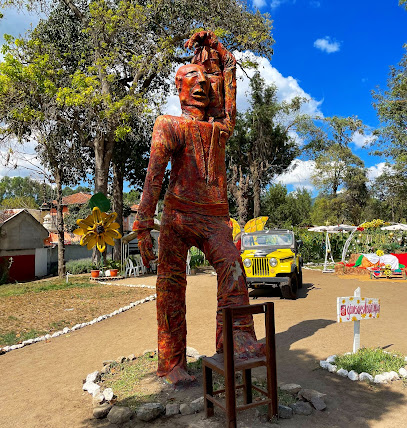
Nacional Rio Dulce National Park
Explore the breathtaking beauty of Nacional Rio Dulce National Park, a haven for nature lovers and adventurers in the heart of Guatemala.
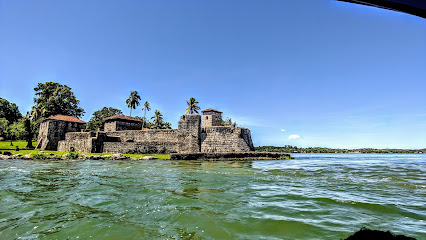
Essential places to dine
Tikal Park’s Restaurant
Experience local flavors amidst ancient wonders at Tikal Park's Restaurant – your culinary retreat in Guatemala's iconic national park.
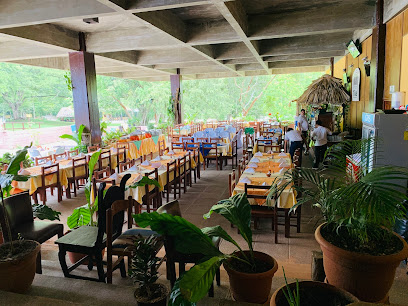
Hotel Tikal Inn, Tikal
Discover serenity and adventure at Hotel Tikal Inn, your gateway to exploring the wonders of Tikal National Park.

Hibiscus
Discover Hibiscus: A top-rated restaurant in Guatemala City offering delicious local cuisine and breathtaking views.
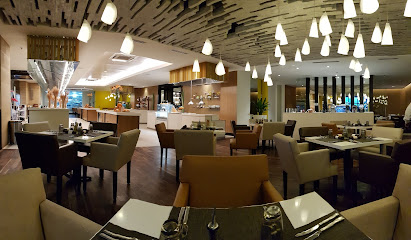
Comedor Imperio Maya
Experience authentic Guatemalan cuisine surrounded by the awe-inspiring ruins of Tikal at Comedor Imperio Maya.
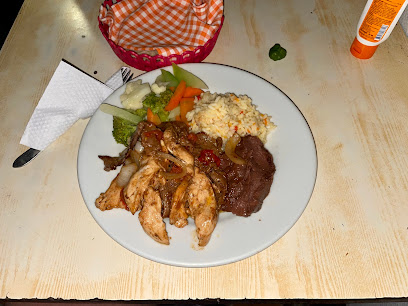
Tikal Café • Tikal Futura
Experience authentic Guatemalan cuisine at Tikal Café in Club Premier—where every dish tells a story.
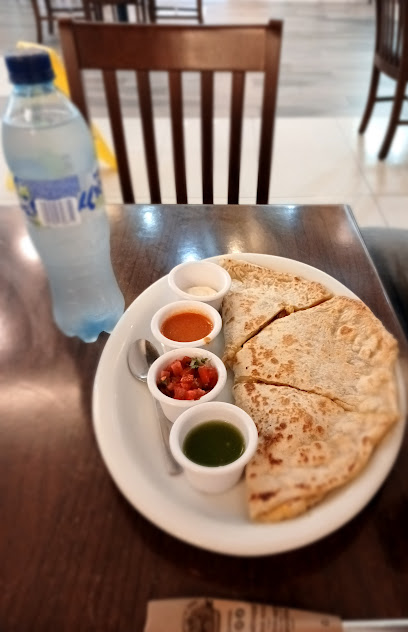
Comedor Tikal
Experience authentic Guatemalan cuisine at Comedor Tikal in Guatemala City—where every dish tells a story.
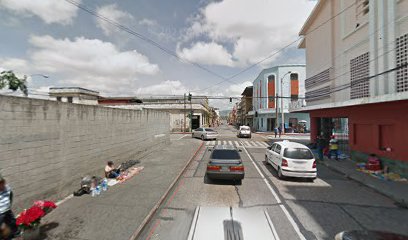
Markets, malls and hidden boutiques
Tikal Futura Centro Comercial
Discover Tikal Futura Centro Comercial - Guatemala City's vibrant shopping mall with diverse stores, delicious dining, and entertainment options.
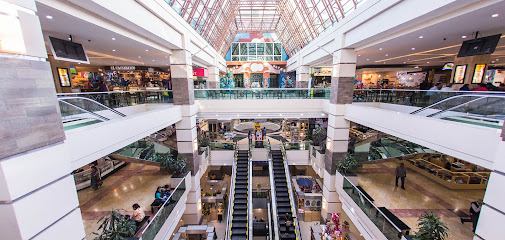
Tienda tikal
Explore Tienda Tikal for authentic Guatemalan crafts and souvenirs in the heart of Guatemala City, celebrating local artisanship and culture.

Essential bars & hidden hideouts
Las Cien Puertas
Experience the vibrant nightlife of Guatemala City at Las Cien Puertas, a bar offering local brews, live music, and a lively atmosphere.
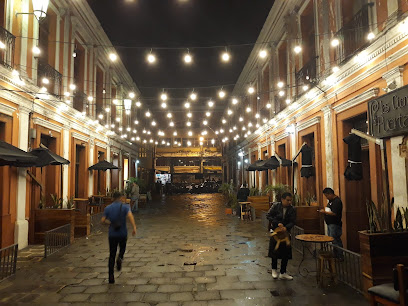
Tikal Park’s Restaurant
Experience the essence of Guatemalan cuisine amidst the ancient wonders of Tikal National Park, with delightful dishes and stunning jungle views.
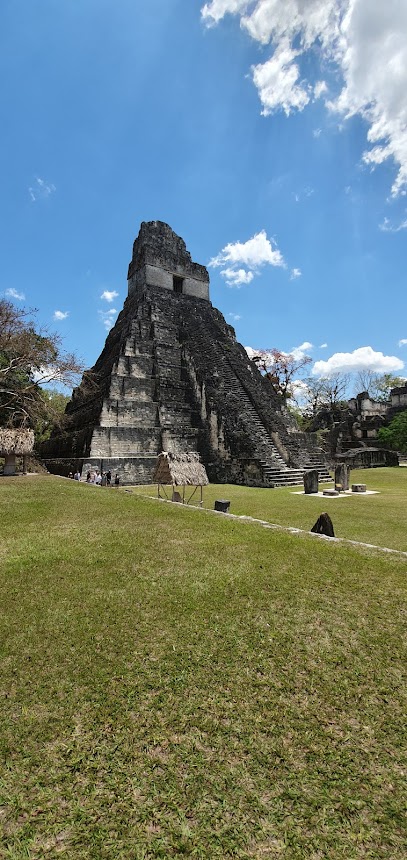
Hotel Tikal Inn, Tikal
Discover the perfect blend of adventure and relaxation at Hotel Tikal Inn, your gateway to the majestic Tikal National Park.

Cocktail Lobby
Discover Cocktail Lobby, a vibrant cocktail bar in Guatemala City, offering exquisite drinks and an unforgettable atmosphere for every traveler.
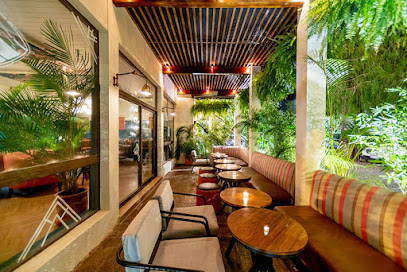
Genetic Majestic Club
Explore the vibrant nightlife of Genetic Majestic Club, a welcoming gay bar in Guatemala City that celebrates diversity and inclusivity with lively entertainment.
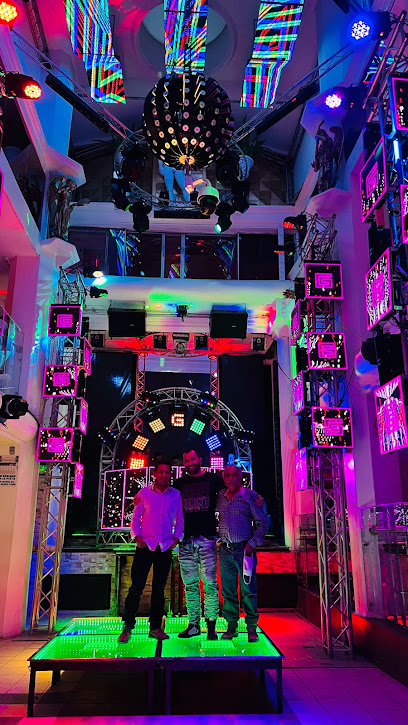
Balam Cocktail Bar
Discover the vibrant nightlife of Guatemala City at Balam Cocktail Bar, where creative cocktails and a cozy atmosphere await you.

Local Phrases about Tikal National Park
-
- HelloHola
[oh-lah] - GoodbyeAdiós
[ah-dee-ohs] - YesSí
[see] - NoNo
[noh] - Please/You're welcomePor favor/De nada
[por fah-vohr/deh nah-dah] - Thank youGracias
[grah-see-ahs] - Excuse me/SorryPerdón/Lo siento
[pehr-dohn/loh see-ehn-toh] - How are you?¿Cómo estás?
[koh-moh ehs-tahs] - Fine. And you?Bien. ¿Y tú?
[byehn. ee too] - Do you speak English?¿Hablas inglés?
[ah-blahs een-glehs] - I don't understandNo entiendo
[noh ehn-tee-ehn-doh]
- HelloHola
-
- I'd like to see the menu, pleaseMe gustaría ver el menú, por favor
[meh goos-tah-ree-ah behr ehl meh-noo, por fah-vor] - I don't eat meatNo como carne
[noh koh-moh kahr-neh] - Cheers!¡Salud!
[sah-lood] - I would like to pay, pleaseMe gustaría pagar, por favor
[meh goos-tah-ree-ah pah-gar, por fah-vor]
- I'd like to see the menu, pleaseMe gustaría ver el menú, por favor
-
- Help!¡Ayuda!
[ah-yoo-dah] - Go away!¡Vete!
[veh-teh] - Call the Police!¡Llame a la policía!
[yah-meh ah lah poh-lee-see-ah] - Call a doctor!¡Llame a un médico!
[yah-meh ah oon meh-dee-koh] - I'm lostEstoy perdido
[ehs-toy pehr-dee-doh] - I'm illEstoy enfermo
[ehs-toy ehn-fehr-moh]
- Help!¡Ayuda!
-
- I'd like to buy...Me gustaría comprar...
[meh goos-tah-ree-ah kohm-prahr] - I'm just lookingSólo estoy mirando
[soh-loh ehs-toy mee-rahn-doh] - How much is it?¿Cuánto cuesta?
[kwan-toh kwehs-tah] - That's too expensiveEsto es muy caro
[ehs-toh ehs mwee kah-roh] - Can you lower the price?¿Puede bajar el precio?
[pweh-deh bah-har ehl preh-syoh]
- I'd like to buy...Me gustaría comprar...
-
- What time is it?¿Qué hora es?
[keh oh-rah ehs] - It's one o'clockEs la una en punto
[ehs lah oo-nah ehn poon-toh] - Half past (10)Las diez y media
[lahs dyehs ee meh-dee-ah] - MorningMañana
[mah-nyah-nah] - AfternoonTarde
[tahr-deh] - EveningNoche
[noh-cheh] - YesterdayAyer
[ah-yehr] - TodayHoy
[oy] - TomorrowMañana
[mah-nyah-nah] - 1Uno
[oo-noh] - 2Dos
[dohs] - 3Tres
[trehs] - 4Cuatro
[kwah-troh] - 5Cinco
[seen-koh] - 6Seis
[sehs] - 7Siete
[syeh-teh] - 8Ocho
[oh-choh] - 9Nueve
[nweh-veh] - 10Diez
[dyehs]
- What time is it?¿Qué hora es?
-
- Where's a/the...?¿Dónde está el/la...?
[dohn-deh ehs-tah ehl/lah] - What's the address?¿Cuál es la dirección?
[kwahl ehs lah dee-rehk-see-ohn] - Can you show me (on the map)?¿Puede enseñarme (en el mapa)?
[pweh-deh ehn-seh-nyar-meh (ehn ehl mah-pah)] - When's the next (bus)?¿Cuándo es el próximo (autobús)?
[kwan-doh ehs ehl prohk-see-moh (ow-toh-booce)] - A ticket (to ....)Un boleto (a ....)
[oon boh-leh-toh (ah)]
- Where's a/the...?¿Dónde está el/la...?
History of Tikal National Park
-
Tikal, known as Yax Mutal in ancient times, was one of the most powerful city-states in the Maya civilization. It reached its peak during the Classic Period (200-900 AD) when it flourished as a major cultural, political, and military center. The city's strategic location in the Petén Basin facilitated its dominance over trade routes and neighboring cities.
-
Tikal boasts some of the most impressive architectural achievements of the Maya civilization. The site is home to towering pyramids, sprawling plazas, and intricately designed temples. The Temple of the Great Jaguar (Temple I) and the Temple of the Masks (Temple II) are iconic structures that reflect the advanced engineering and astronomical knowledge of the Maya.
-
One of the most defining aspects of Tikal's history is its long-standing rivalry with the city of Calakmul, located in present-day Mexico. This intense competition for supremacy led to numerous conflicts and alliances. The rivalry is well-documented through hieroglyphic inscriptions, stelae, and other archaeological findings that provide insights into the political dynamics of the era.
-
Tikal played a crucial role in Maya astronomy and calendar systems. The city's layout and many of its structures are aligned with celestial events, such as solstices and equinoxes. The Maya at Tikal used these alignments for agricultural planning, religious ceremonies, and to assert their political power.
-
Despite its grandeur, Tikal faced a decline in the 9th century, which led to its eventual abandonment. The reasons for this decline are still debated among scholars, with theories ranging from environmental degradation and resource depletion to political instability and warfare. By the end of the 10th century, Tikal had been largely deserted, leaving behind a legacy of ruins that would captivate the world centuries later.
-
Tikal remained hidden under dense jungle foliage until its rediscovery in the 19th century. Early explorers, such as Modesto Méndez and Ambrosio Tut, documented the ruins, sparking interest in the site. Extensive archaeological excavations began in the mid-20th century, revealing the grandeur of Tikal and providing invaluable insights into Maya civilization. Today, Tikal National Park is a UNESCO World Heritage Site, preserving the rich history and cultural heritage of this ancient city.
Tikal National Park Essentials
-
Tikal National Park is located in the northern region of Guatemala, within the Petén Basin. The nearest major airport is Mundo Maya International Airport (FRS) in Flores, which is about 65 kilometers from Tikal. From the airport, you can take a taxi, rental car, or a shuttle service to reach Tikal. The drive typically takes around 1.5 to 2 hours. Alternatively, you can fly into Guatemala City’s La Aurora International Airport (GUA) and take a domestic flight to Flores.
-
Once at Tikal National Park, the main mode of transportation within the park is walking. The park is vast, but many of the ruins and attractions are connected by well-maintained trails. For those who prefer, guided tours often provide transportation within the park. Outside the park, taxis, shuttles, and rental cars are available for travel between Flores and Tikal. It is advisable to book transportation in advance during peak tourist seasons.
-
The official currency in Guatemala is the Guatemalan Quetzal (GTQ). While credit cards are accepted at many hotels and larger restaurants in Flores, cash is essential for transactions within Tikal National Park, including admission fees and market purchases. There are no ATMs within the park, so ensure you withdraw sufficient cash in Flores before heading to Tikal. It’s also wise to carry small denominations for easier transactions.
-
Tikal National Park is generally safe for tourists, but standard travel precautions are advised. Avoid isolated areas within the park, especially at dawn or dusk. Flores, the main hub for tourists, is relatively safe, though petty crimes such as pickpocketing can occur. It is advisable to avoid walking alone at night and to stay within well-populated areas. Always keep an eye on your belongings and use hotel safes for valuables.
-
In case of an emergency, dial 110 or 120 for police assistance and 122 for medical emergencies. There are first aid stations within Tikal National Park, but for more serious medical issues, you may need to travel to Flores, where there are hospitals and clinics. Ensure you have travel insurance that covers medical emergencies. It is also recommended to carry a basic first aid kit and any necessary medications.
-
Fashion: Do wear comfortable and sturdy walking shoes, and light, breathable clothing. Don’t forget a hat and sunscreen, as the sun can be intense. Religion: Do respect the cultural significance of the Mayan ruins. Avoid climbing on the structures unless it is explicitly allowed. Public Transport: Do use reputable shuttle services for travel between Flores and Tikal. Avoid unmarked taxis. Greetings: Do greet locals with a friendly 'Buenos días' or 'Buenas tardes.' A handshake is a common form of greeting. Eating & Drinking: Do try local dishes and fresh fruit available at the market. Don’t drink tap water; always use bottled water.
-
To experience Tikal like a local, consider hiring a local guide who can provide in-depth knowledge about the history and significance of the ruins. Early morning visits are recommended to avoid crowds and enjoy the wildlife. Bring binoculars for bird watching, as Tikal is home to many exotic species. Participate in a traditional Mayan ceremony if offered, as it provides a unique cultural experience. Lastly, visiting nearby communities like Uaxactún can offer additional insights into the local way of life.
Nearby Cities to Tikal National Park
-
Things To Do in Flores
-
Things To Do in San Ignacio
-
Things To Do in Orange Walk Town
-
Things To Do in Hopkins
-
Things To Do in Dangriga
-
Things To Do in Punta Gorda
-
Things To Do in Placencia
-
Things To Do in Belize City
-
Things To Do in Caye Caulker
-
Things To Do in Livingston
-
Things To Do in Rio Dulce
-
Things To Do in Corozal Town
-
Things To Do in San Pedro
-
Things To Do in Puerto Barrios
-
Things To Do in Puerto Cortés

